The Theory of Sensory Integration: Enhancing Development and Functionality
The theory of sensory integration encompasses the neurobiological processes that organize the senses of the body and the environment, enabling individuals to use their bodies effectively in their surroundings (Ayres, 1972). This theory posits that, for the full development of motor and cognitive skills, the human brain requires feedback from all senses. Difficulties in this process are termed sensory integration dysfunction, impacting learning, attention, and behavior.
Categories of Sensory Processing Disorders:
- Sensory Tuning Disorder
- Sensory Diversity Disorder
- Sensory Movement Disorder
Sensations and Sensory Systems in Sensory Integration:
Three categories of sensations provide crucial information about oneself and the environment:
- Outer Receptiveness: Detects external information through visual, auditory, tactile, taste, and smell systems.
- Self Receptiveness: Detects information through muscle and joint movement, related to gravity, movement, and spatial position.
- Inner Receptiveness: Detects information about internal bodily processes, such as bladder and anus control, hunger, heart and respiratory rhythm, pain, and body temperature.
Sensory Systems:
- Tactile System: Responsible for sensations of touch, body parts, pain, itching, and temperature.
- Proprioceptive System: Governs body movement and posture through receptors in muscles and tendons.
- Vestibular System: Controls balance, posture, and spatial positioning via receptors in the inner ear.
- Visual System: Manages the sense of sight through receptors in the eyes.
- Acoustic System: Governs the sense of hearing through ear receptors.
Sensory Processing Malfunctions:
Children with sensory dysfunction may face challenges in learning, behavior, socialization, and school performance. Sensory processing disorders are categorized into three types:
- Sensory Integration Disturbances:
- Sensory Over-sensitivity (Sensory Defense)
- Sensory Hyper-sensitivity
- Sensory Search
- Sensory Discrimination Disorders:
- Difficulty in identifying and distinguishing stimuli (touch, pressure, sound, image).
- Kinetic Problems from Sensory Disorder:
- Difficulty in body posture and movement coordination.
Clinical Symptoms and Manifestations:
- Non-tolerance to textures and touches.
- Food selectivity.
- Avoidance of loud sounds.
- Discomfort with smells and flavors.
- Difficulty in daily activities.
- Restless sleep.
- Hyperactivity.
- Annoyance at physical contact.
- Modes of manifestation include difficulties in transitions, emotional issues, learning difficulties, and more.
Diagnostic Categories Associated with Sensory Processing Dysfunction:
- Autistic Spectrum Disorders.
- Attention Deficit Hyperactivity Disorder.
- Learning difficulties.
- Social and emotional difficulties.
- Brain paralysis.
- High-risk babies.
- Mental retardation.
- Down Syndrome.
- Environmental lag.
- Genetic syndromes.
- Prematureness.
Intervention of Sensory Integration:
The primary goal of sensory integration intervention is to provide appropriate and controlled multi-sensory input through purposeful activities. Therapists work with, rather than on, the child, using games to engage active participation. Evaluation precedes intervention, involving observations and family interviews to establish a sensory profile. Operational goals are then set to design a therapeutic plan tailored to the child’s sensory needs.
Results:
The intervention aims to foster a sense of competence in children, building on their abilities to enhance their interactions in various environments, thereby improving their overall quality of life.






